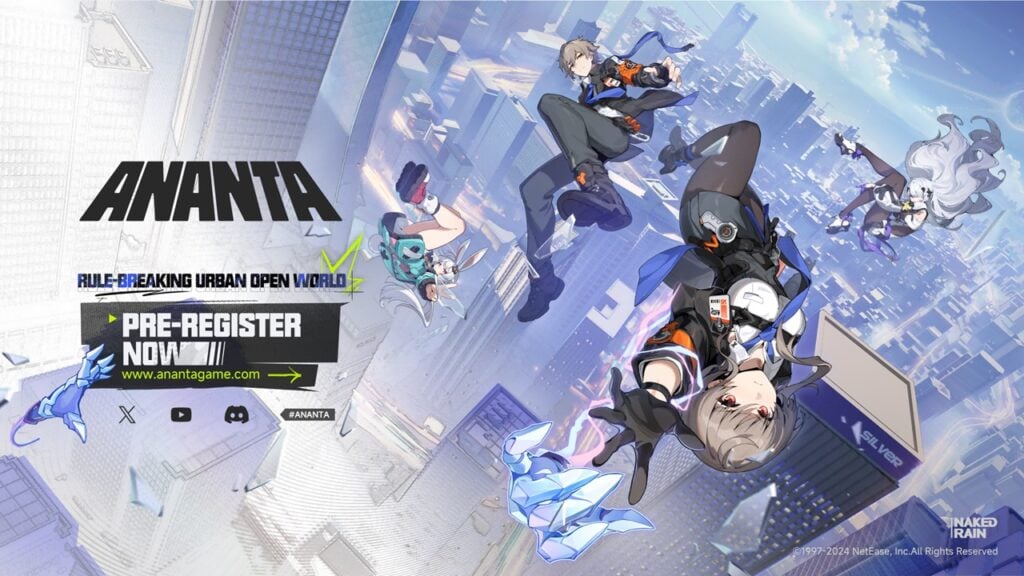Home > News > Capcom Experimenting With Generative AI to Create 'Hundreds of Thousands of Unique Ideas' Needed to Build In-Game Environments
Capcom Experimenting With Generative AI to Create 'Hundreds of Thousands of Unique Ideas' Needed to Build In-Game Environments
Capcom is exploring the use of generative AI to streamline the creation of in-game assets. The company faces the challenge of generating "hundreds of thousands" of unique design ideas for environmental elements, a process traditionally very time-consuming and labor-intensive.
As game development costs escalate, publishers are increasingly turning to AI tools to enhance efficiency and reduce expenses. This trend has sparked controversy, with instances like Activision's alleged use of AI for Call of Duty cosmetics and loading screens drawing criticism. EA has even declared AI as "the very core" of its operations.
In a recent interview with Google Cloud Japan, Capcom's technical director Kazuki Abe (known for his work on titles like Monster Hunter: World and Exoprimal) detailed the company's AI experimentation. Abe highlighted the significant workload involved in generating diverse designs, even for seemingly simple objects like televisions, each requiring unique logos and shapes. He stated that hundreds of thousands of ideas, including unused ones, are needed.
Abe developed a system leveraging generative AI to process game design documents and automatically generate design proposals. This system, utilizing models like Google Gemini Pro, Gemini Flash, and Imagen, significantly accelerates the process, provides self-feedback for refinement, and improves overall efficiency. Internal testing has yielded positive results. The AI's implementation promises substantial cost reductions and potential quality enhancements compared to manual creation.
Currently, Capcom's AI integration is focused on this specific application, with other crucial aspects of game development – including core gameplay mechanics, programming, character design, and overarching game design – remaining under human control.
-

A Fortnight at Frenni Fazclaire’s (v0.4.1 Alpha)
-
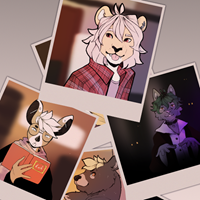
Dawn Chorus (v0.42.3)
-

Game danh bai doi thuong King Win
-

FREE HAPPY MOD TIPS - HAPPY MOD HAPPY APPS GUIDE
-

Candy Box 2
-

3DigitGold
-

Gratto Barbearia
-

Undoing Mistakes
-

free Girls chat
-

ACME Markets Deals & Delivery
-

Dual Space - Multiple Accounts
-
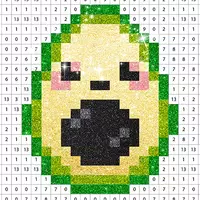
Pixel by Number™ - Pixel Art
-
1

GTA 6 Set for Fall 2025 Release, CEO Confirms
Apr 03,2025
-
2

First ALGS in Asia Emerges in Japan
Jan 19,2025
-
3
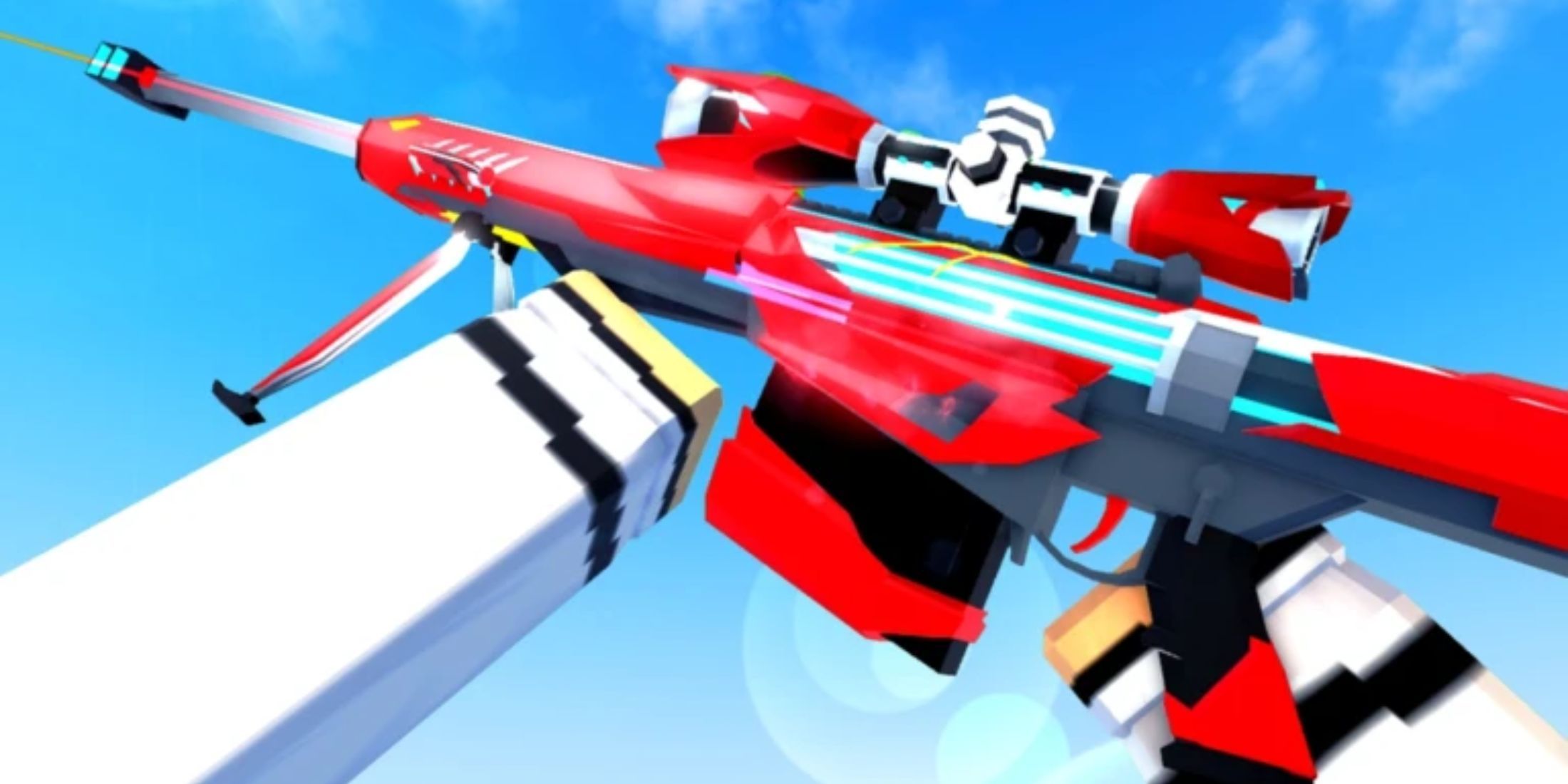
Roblox: CrossBlox Codes (January 2025)
Mar 04,2025
-
4
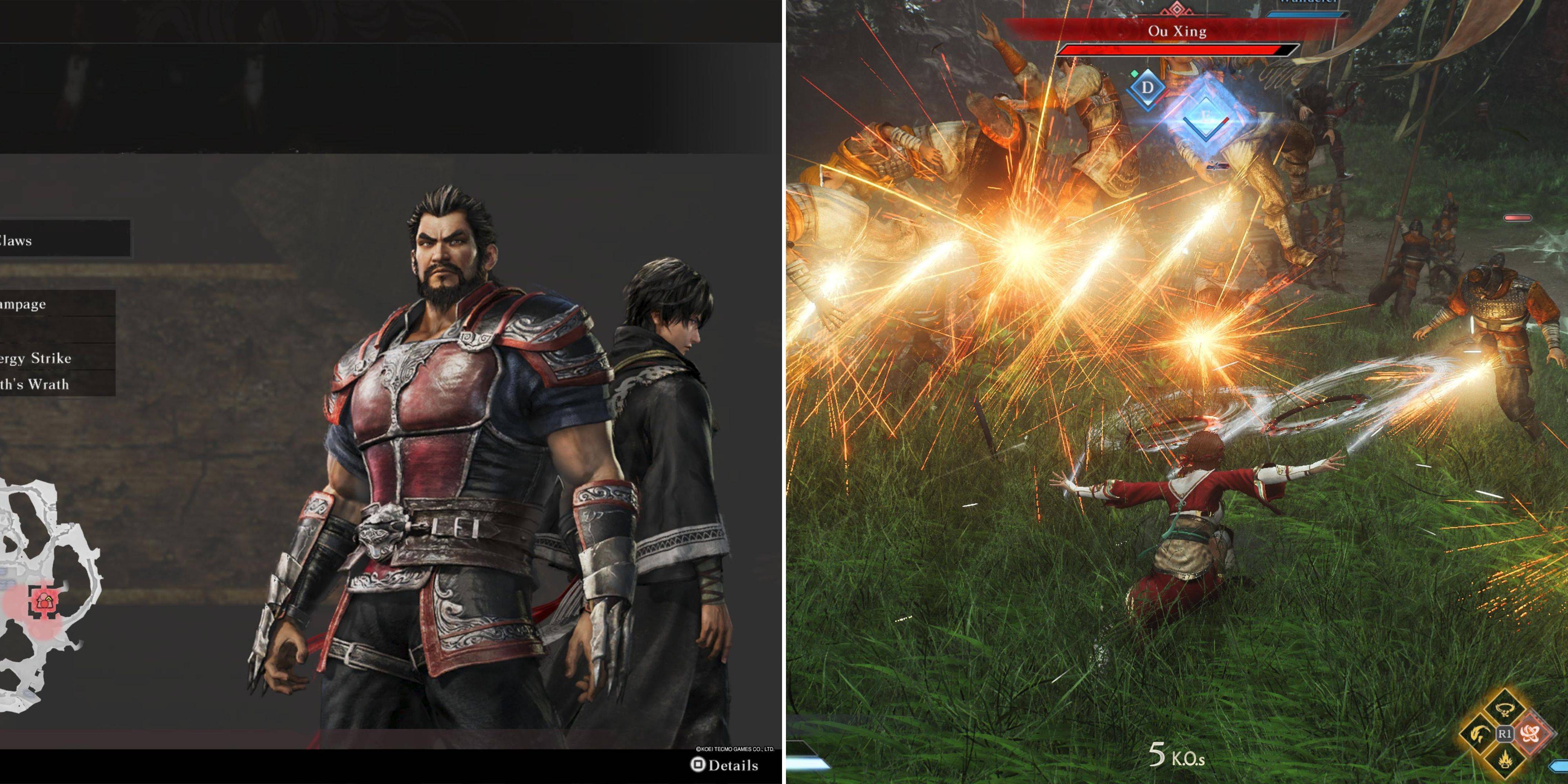
Introducing the Ultimate Guide to Seamless Character Swapping in Dynasty Warriors: Origins
Feb 25,2025
-
5
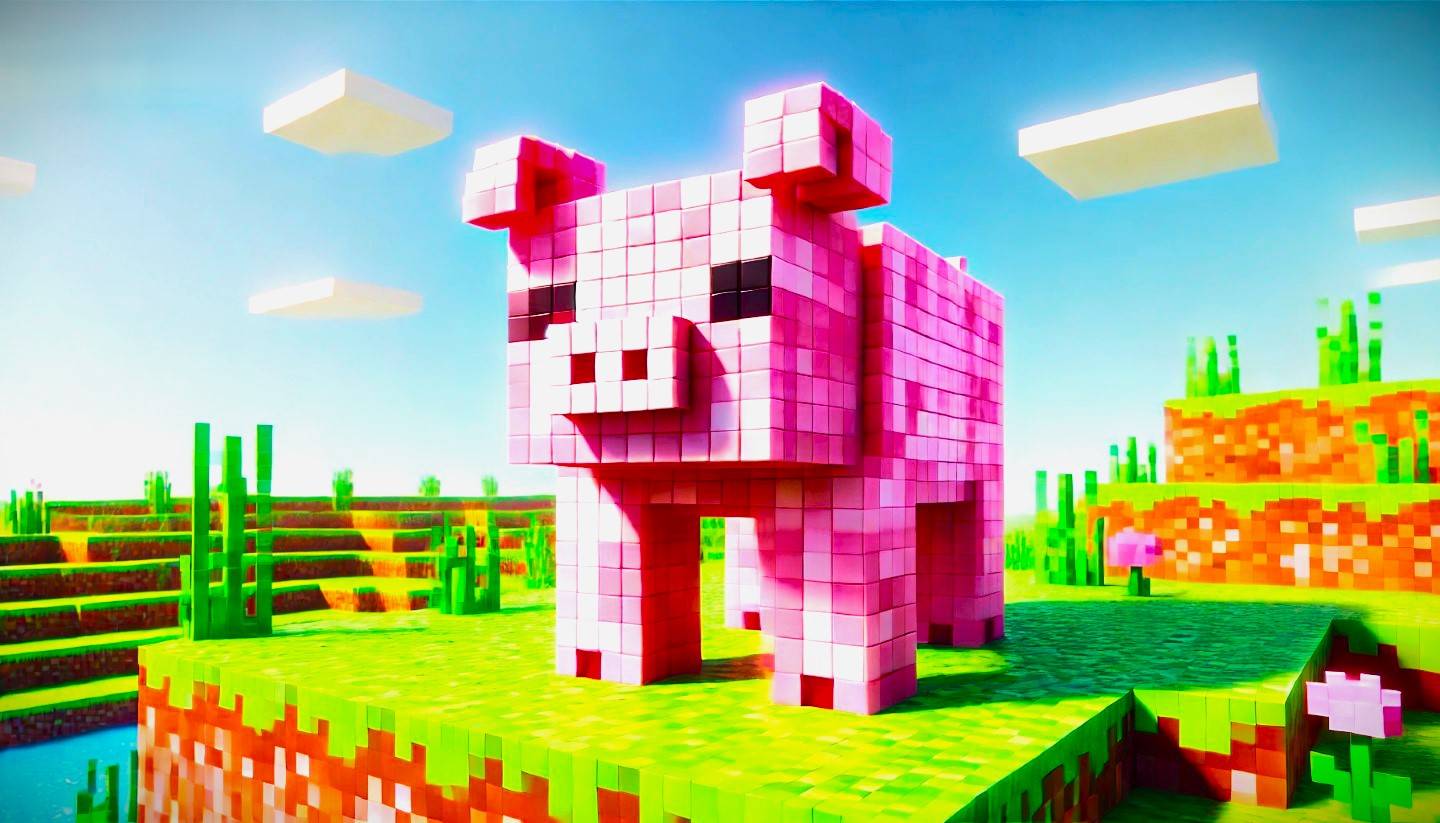
Cute mobs in Minecraft: pink pigs and why they are needed
Mar 06,2025
-
6
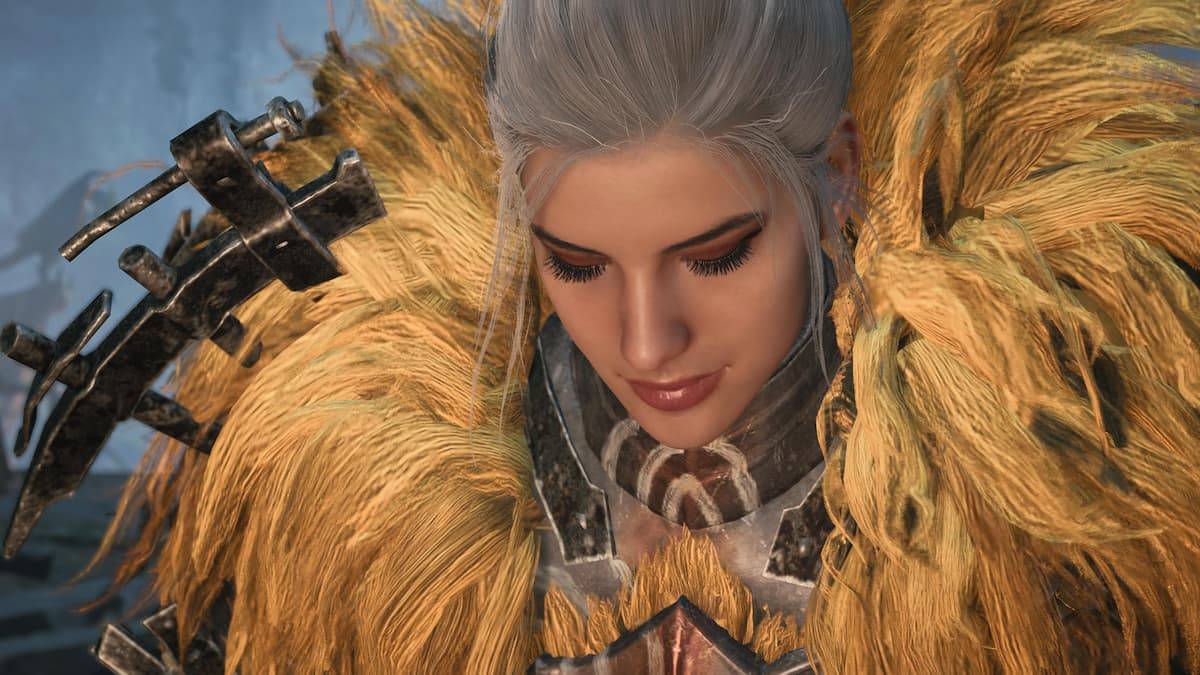
Max Hunter Rank in Monster Hunter Wilds: Tips to Increase
Apr 04,2025
-
7

Capcom Spotlight Feb 2025 Showcases Monster Hunter Wilds, Onimusha and More
Apr 01,2025
-
8
![Roblox Forsaken Characters Tier List [UPDATED] (2025)](https://img.jdzca.com/uploads/18/17380116246797f3e8a8a39.jpg)
Roblox Forsaken Characters Tier List [UPDATED] (2025)
Mar 05,2025
-
9
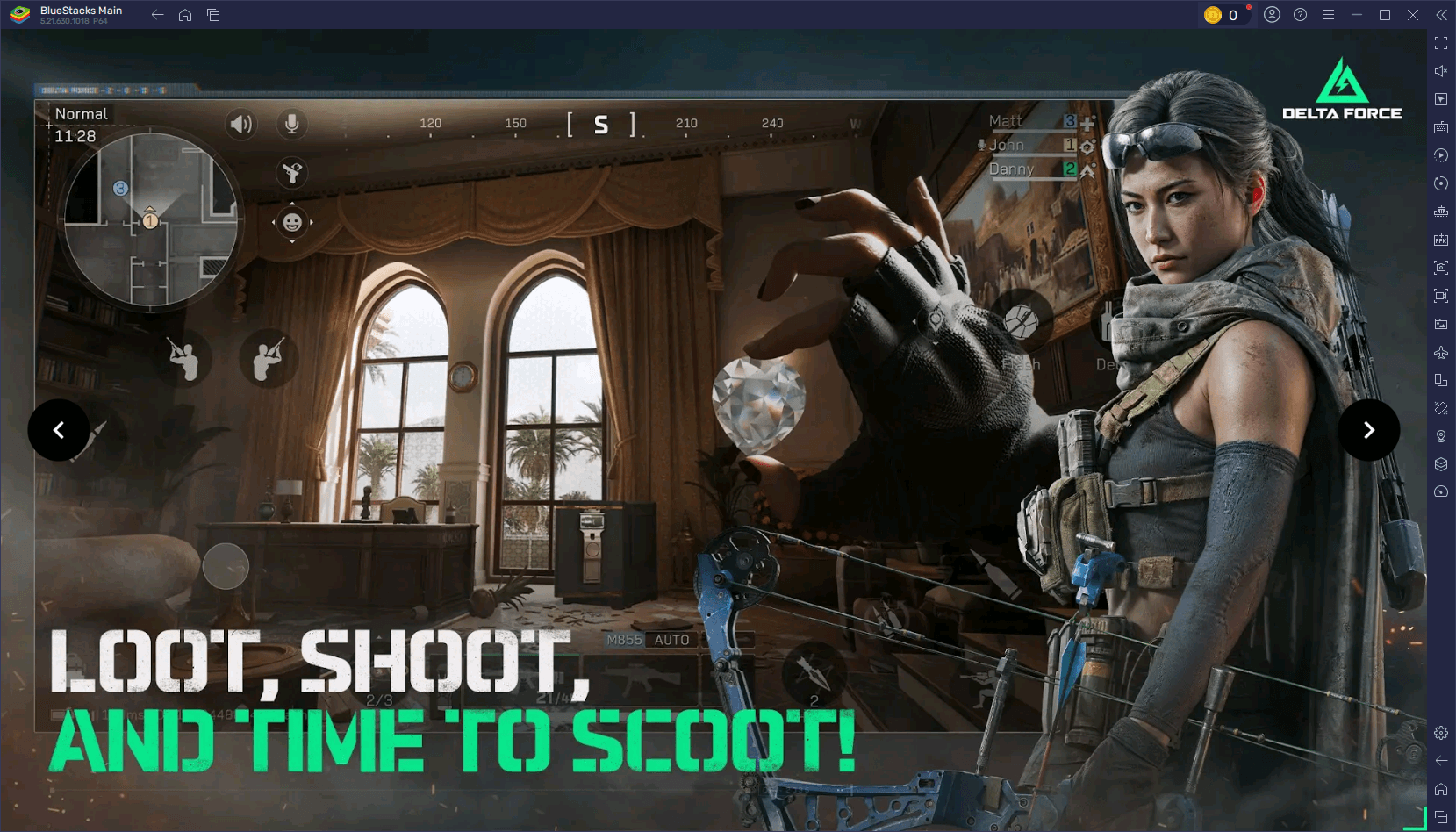
Delta Force Mobile: Beginner's Guide to Getting Started
Apr 23,2025
-
10
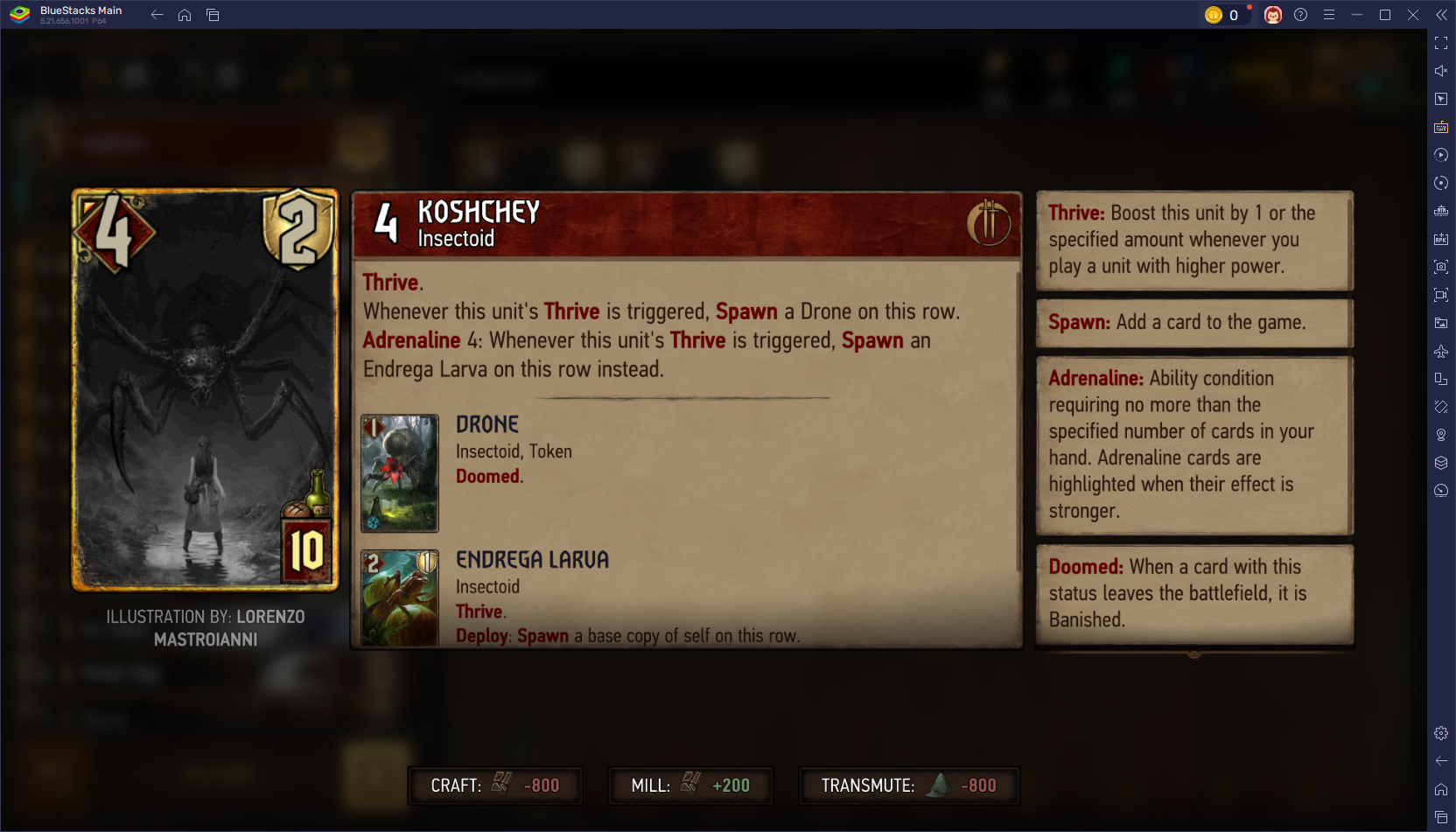
Gwent: Top 5 Witcher Decks (2025 Update)
Mar 13,2025
-
Download

Portrait Sketch
Photography / 37.12M
Update: Dec 17,2024
-
Download

Friendship with Benefits
Casual / 150.32M
Update: Dec 13,2024
-
Download
![[NSFW 18+] Sissy Trainer](https://img.jdzca.com/uploads/16/1719638919667f9b874d57e.png)
[NSFW 18+] Sissy Trainer
Casual / 36.00M
Update: Dec 11,2024
-
4
F.I.L.F. 2
-
5
슬롯 마카오 카지노 - 정말 재미나는 리얼 슬롯머신
-
6
Shuffles by Pinterest
-
7
Pocket Touch Simulation! for
-
8
Life with a College Girl
-
9
Chubby Story [v1.4.2] (Localizations)
-
10
Hunter Akuna

